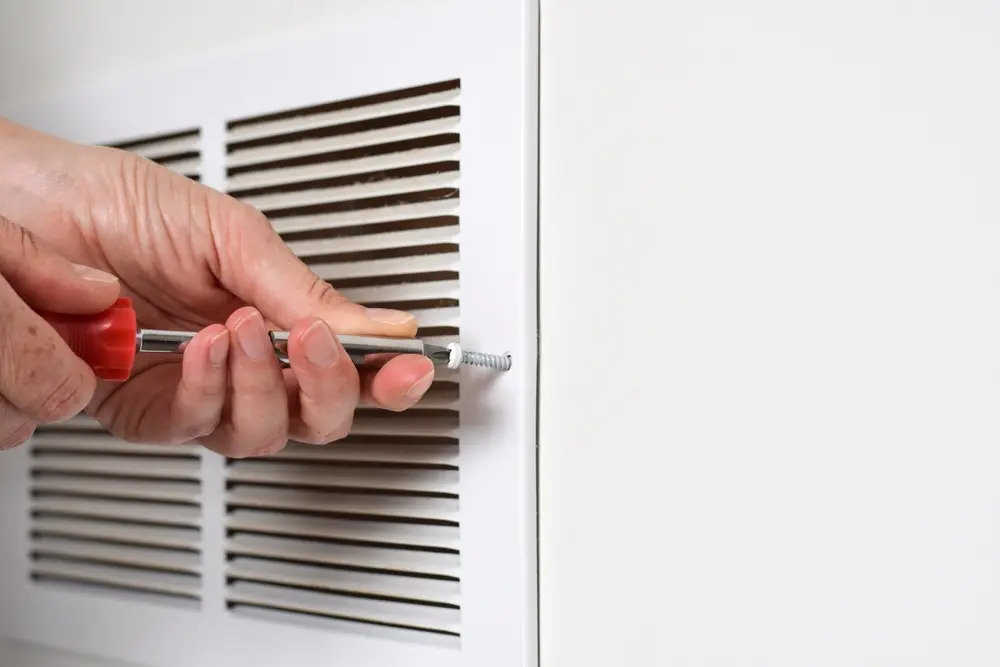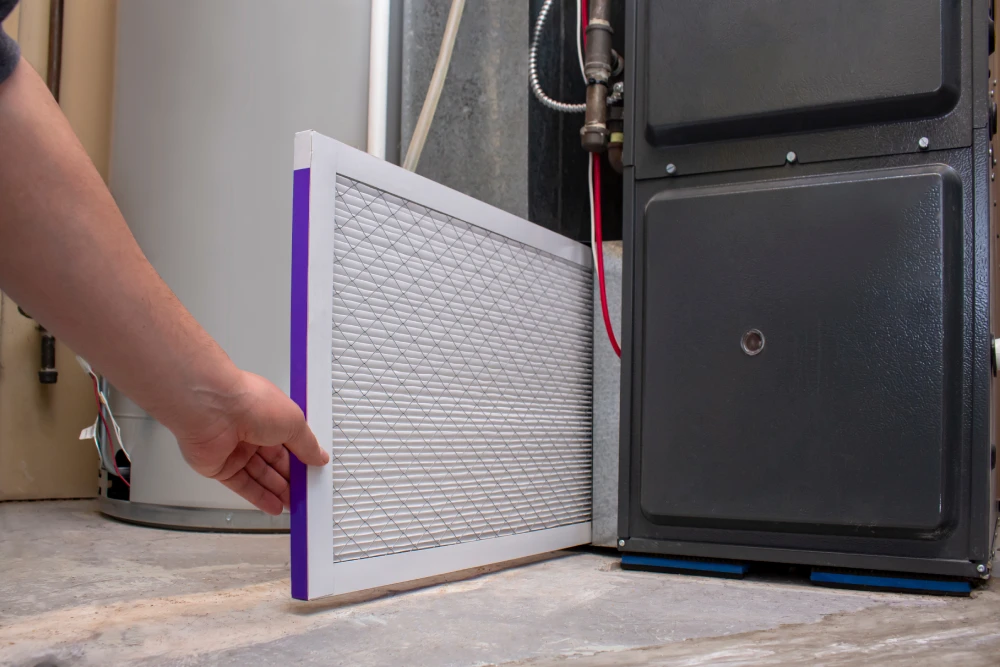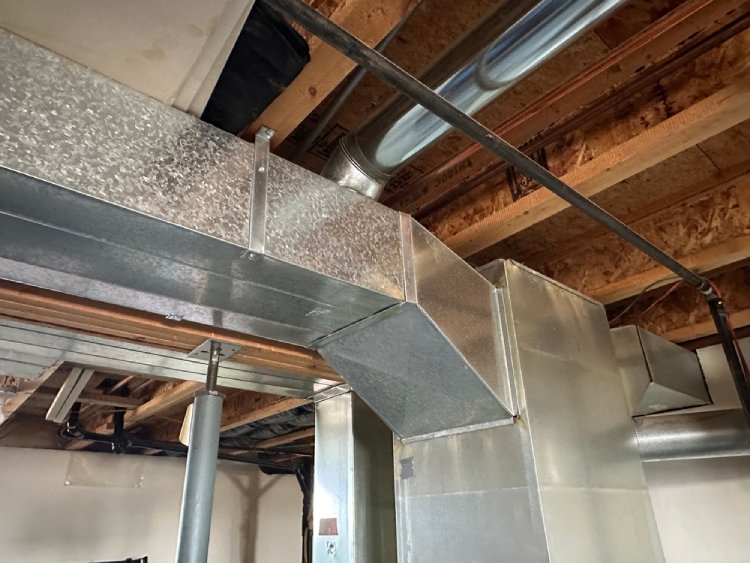TLDR:
- R-410A is being phased out due to its high global warming potential (GWP)
- The EPA is promoting eco-friendly alternatives like R-32 and R-454B
- Existing systems can still be serviced, but future repairs may cost more
- New AC units will use low-GWP refrigerants for better energy efficiency
If you’re thinking about replacing or repairing your air conditioning system, you’ve probably heard the term R-410A phase out. The Environmental Protection Agency (EPA) has implemented new regulations that will impact how refrigerants are used in AC units, heat pumps, and other cooling systems moving forward.
Let’s break down what this means, why R-410A is being phased out, and what refrigerant is replacing R-410A so you can stay informed as a homeowner or HVAC professional.
Why Is R-410A Being Phased Out?
R-410A refrigerant has been a popular choice in air conditioning units for over 15 years, replacing the older R-22 due to its zero ozone depletion potential (ODP). However, while it doesn’t harm the ozone layer, R-410A has a high global warming potential (GWP), which contributes significantly to climate change.
The EPA, under the American Innovation and Manufacturing (AIM) Act, is working to reduce the use of high-GWP refrigerants like R-410A. The phase out of R-410A is part of a broader global effort to curb emissions and improve energy efficiency across the HVAC industry.
What Refrigerant Is Replacing R-410A?
The next generation of HVAC refrigerants includes options like R-32 and R-454B. These alternatives offer a much lower GWP while maintaining strong performance in air conditioning and heating systems.
- R-32: Roughly one-third the GWP of R-410A and already widely used in many countries.
- R-454B: Has an even lower GWP and is becoming the go-to choice for new air conditioners and heat pumps in the U.S.
Both refrigerants are expected to become more common in new systems as manufacturers shift away from R-410A.
What the R-410A Phase Out Means for Homeowners
If you have an existing air conditioning system that uses R-410A, there’s no need to panic. The refrigerant is not being banned outright, and older systems will still be serviced and maintained for years to come. However, there are a few things to consider:
- Repairs may become more expensive as R-410A becomes less available
- New AC units will be designed to use low-GWP types of refrigerant
- Refrigerant leaks in older systems may require conversion or replacement sooner
Homeowners should start planning for future upgrades to more energy-efficient and eco-friendly models.
The Bigger Picture: Sustainability and Innovation
The HVAC industry is evolving rapidly, with manufacturers developing advanced cooling systems designed for minimal environmental impact. As the EPA continues regulating refrigerants through the AIM Act, we can expect more innovations aimed at reducing global warming potential while improving overall performance.
The Bottom Line
The R-410A phase out marks a major shift in the air conditioning and heating world. While it may bring short-term challenges, the move toward low-GWP refrigerants like R-32 and R-454B represents a necessary step in creating a more sustainable future.
Want to learn how these changes impact your current AC units or future purchases? Contact Rick’s Affordable Heating & Cooling to discuss your options and stay ahead of the curve!





